What are lower leg prosthetics and how can they enhance your life post-amputation? This article offers direct answers and practical guidance for those exploring their prosthetic options. We cover the essentials—varying designs, costs, and the impactful stories of individuals who’ve successfully navigated life with these devices. Delve into the detail, prepare for the journey ahead, and learn how to make an informed choice that fits your lifestyle.
Key Takeaways
- Lower leg prosthetics, designed to mimic the function and appearance of real legs, are tailored to individual needs and activity levels, with a variety of types and components such as ankle/foot units and microprocessor-controlled feet to accommodate specific mobility requirements.
- The process of prescribing lower leg prosthetics involves a multidisciplinary team approach, thorough patient assessment using the K-level classification system, custom fitting, and dynamic alignment to ensure optimal comfort and functionality tailored to the patient’s lifestyle and mobility needs.
- Technological advancements in lower leg prosthetics, including microprocessor-controlled and bionic limbs, are enhancing user mobility and gait, with future developments promising osseointegration, myoelectric sensors, and 3D printing advancements aimed at further improving comfort, control, and efficiency.
Understanding Lower Leg Prosthetics
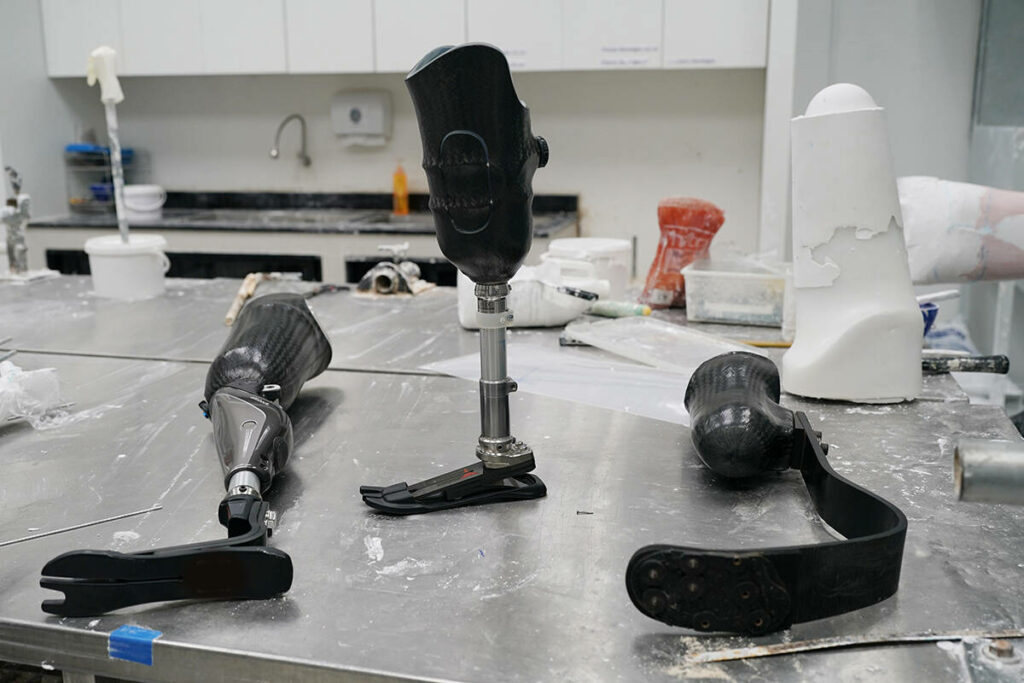
Lower limb prosthetics, also known as lower limb prostheses, are an incredible triumph of medical science and engineering. These artificial limbs, designed to replace parts of the lower limb such as the ankle, and foot, have revolutionized the field of lower limb prosthetics.
Prosthetics play a pivotal role in providing mobility and replacing the function of lost limbs for individuals who have undergone lower limb amputations. These prosthetics are more than mere replacements; they are lifelines that restore a semblance of normalcy to the lives of amputees.
The cornerstone of a successful prosthetic limb lies in its ability to mimic the function and appearance of a real leg, thereby offering practical solutions to mobility and limb loss. To achieve this, a lower limb prosthesis is made up of several parts, all crucial in ensuring optimal function and comfort for the wearer.
Types of Lower Leg Prosthetics
Considering the diverse requirements of individuals, a variety of lower leg prosthetics are available to accommodate different activity levels and specific needs. Some options include:
- Ankle/foot prosthetics suitable for low activity levels
- Dynamic response/energy storing feet for highly active individuals
- Microprocessor feet that adapt to different terrains and movements
The options are vast and varied.
Furthermore, there are different types of prosthetic knees available, including:
- Manual-locking knees
- Single-axis knees
- Polycentric knees
- Microprocessor-controlled units
Each of these options offers specific mobility and stability features suited to users with different activity levels. For athletes, there are also sport-specific prosthetics designed to accommodate the demands of various athletic pursuits, including running, cycling, and swimming, with specialized components.
The design of the socket and the suspension system are integral parts of the lower leg prosthesis, ensuring pressure distribution, support, function, and comfort are optimized for the individual user.
Material and Components
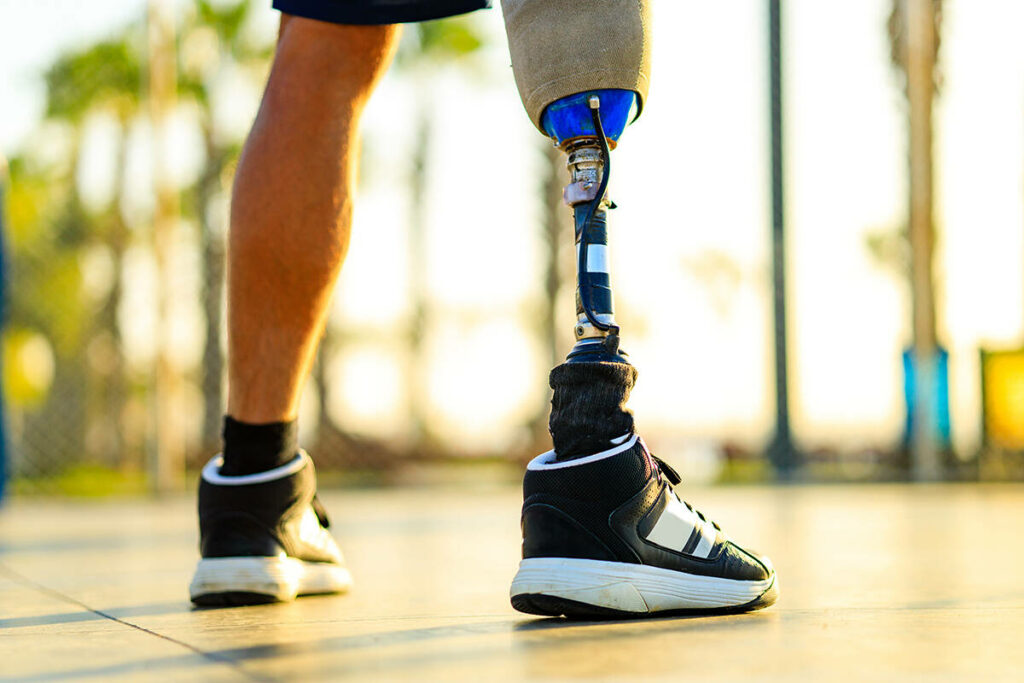
The comfort and functionality of lower leg prosthetics heavily depend on the materials and components used in their construction. For instance, prosthetic sockets, which act as essential connectors between the prosthetic limb and the residual limb, are crafted from materials such as:
- Thermoplastic sheets
- Carbon fiber
- Fiberglass
- Various resins
The alignment of the prosthetic socket is vital for comfort and function, and definitive sockets may incorporate materials based on user need, weight, and activities. Proper prosthetic fitting ensures optimal alignment and user satisfaction.
Components such as varying complexity of prosthetic feet and structural elements like exoskeletal or endoskeletal frames with pylons contribute significantly to the prosthetic’s functionality and user’s mobility. Modern prosthetic legs are increasingly made using materials like lightweight plastics mimicking skin appearance, while advancements in materials science have produced stronger and lighter limbs to improve comfort and reduce user fatigue.
The Prosthetic Prescription Process
The process of prescribing a lower leg prosthetic includes the following steps:
- Preliminary evaluation: A multidisciplinary team assesses the patient’s history and needs for a prosthesis prescription.
- Shaping the residual limb: The initial fitting involves shaping the residual limb and protecting it with a rigid device.
- Custom making the prosthesis: The prosthesis is custom made to be strong and adjustable.
This intricate process requires careful evaluation and personalization to ensure the best fit and functionality for the patient.
The different prosthetic components, including the socket, suspension, pylon/frame, and prosthetic foot/ankle complex, are carefully selected according to the level of amputation, with various design options available.
Assessing Patient Needs
Evaluating patient’s needs is a vital stage in the process of prescribing a prosthetic. This assessment is done using the K-level classification system, which evaluates patients based on their functional levels and activity needs for daily life. A complete assessment of the patient includes:
- Evaluating the residual limb’s strength, shape, length, and condition
- Assessing the patient’s weight and joint stability
- Evaluating the patient’s cognitive ability to manage a prosthetic limb
These assessments help determine the most appropriate prosthetic for the patient.
A multidisciplinary team approach, involving prosthetists, physical therapists, and often other specialists, works collaboratively to customize and select prosthetic components that align with the individual’s activity level, lifestyle, and functional goals. This ensures that the prosthetic limb complements the patient’s lifestyle and functional needs, thereby enhancing the overall quality of life.
Customization and Fitting
Given the significant variation in the shape of each individual’s residual limb, it’s crucial to custom-fit the prosthetic. A comfort-fit prosthesis, achieved through proper customization, plays a key role in the patient’s long-term wear and willingness to use the prosthesis. Dynamic alignment involves analyzing and adjusting gait deviations, ensuring the prosthesis is properly configured while the user is walking.
The fitting process requires several adjustments to find the perfect placement for the prosthetic limb, aiming to complete the process with an optimal fit. Prosthetic alignment relative to the user’s body is crucial during fitting to promote efficient gait patterns and to minimize the physical effort required for walking with the prosthesis. Customization must consider the patient’s specific mobility requirements, including:
- the ability to move
- maintain balance
- handle obstacles
- adapt to different walking speeds.
It’s important to note that the term ‘definitive’ prosthesis is becoming less common as the expectation for ongoing adjustments is recognized, reflecting most patients’ use of their initial temporary prosthesis until replacement.
Rehabilitation and Adaptation

Once the prosthetic prescription and fitting process is completed, the process of regaining mobility and adjusting to the prosthetic limb commences. Rehabilitation is a crucial phase in this journey, helping patients strengthen their legs, arms, and cardiovascular system, and is vital to learning to walk with a new limb. Patients may face several challenges during the initial rehabilitation phase, which can include issues with:
- Adapting to the use of the prosthetic leg
- Balancing and coordination
- Building strength and endurance
- Managing pain and discomfort
- Adjusting to changes in body mechanics
These challenges are managed with the help of a prosthetist and rehabilitation team.
Physical Therapy
Physical therapy is an integral part of the rehabilitation process. It includes:
- Use of parallel bars
- Various walking aids as the amputee learns to balance and walk with the prosthetic limb
- Gait training, which is a crucial part of physical therapy and helps amputees develop an efficient and safe walking pattern.
Physical therapy, provided by physical and occupational therapists, also sets specific goals for the patient’s well-being to prevent secondary complications like joint contractures and promote overall physical fitness. It may also involve proprioceptive training to enhance the patient’s awareness of the limb in space, thereby improving their safety and stability. Aquatic therapy may be offered as part of the rehabilitation program, providing a supportive, low-impact environment for gait training and strengthening exercises.
Ongoing Adjustments
Even after the initial rehabilitation period, ongoing adjustments to prosthetic limbs are necessary as the residual limb can undergo changes in shape due to weight fluctuation, muscle atrophy, or tissue shrinkage, especially within the first 6 months to a year after amputation. A properly fitted prosthetic device helps prevent skin breakdown and other complications, and patients must be aware of indicators such as:
- discomfort
- persistent redness
- callouses
- blisters
These signals the need for adjustments.
Regular maintenance by a prosthetist or technician is essential to prevent breakdown and ensure the functionality of the prosthetic limb. Technological advancements have introduced adjustable sockets that can be fine-tuned by the patient themselves, enhancing the comfort and fit of the prosthetic limb.
Technological Advancements in Lower Leg Prosthetics
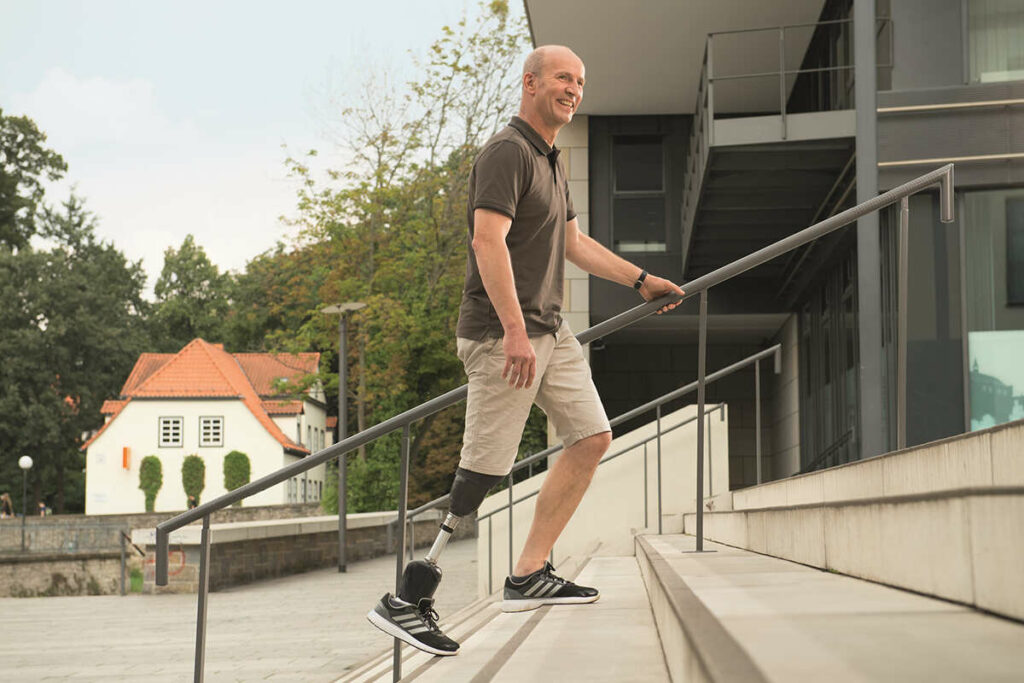
Technological advancements in lower leg prosthetics have been pivotal in enhancing their functionality and comfort. Microprocessor-controlled and bionic prosthetics represent a major advancement in the field, using smart technology to learn and adjust to the user’s gait and environmental conditions.
Machine learning algorithms are now utilized in prosthetic devices, enabling more precise adaptation to an individual’s walking patterns and various terrains, thereby improving functionality.
Microprocessor-Controlled Prosthetics
Microprocessor-controlled ankle-foot prostheses enhance mobility by:
- Adapting dynamically to different terrains and walking speeds
- Using sensors and processors to detect movement and terrain
- Contributing to a more natural and symmetric gait.
Furthermore, microprocessor-controlled prosthetic knees can significantly reduce falls, increase walking speed on level ground, and enhance performance on uneven surfaces and slopes for amputees. The integration of microprocessor-controlled prosthetics is anticipated to grow, offering users more reliable and fine-tuned movement capabilities.
Future Developments
Looking into the future, we can expect to see even more exciting advancements in the field of lower leg prosthetics. Research into fully implantable myoelectric sensors aims to enhance control over lower leg prosthetics by using the body’s muscle signals, coupled with the development of powered prosthetics offering motors for more natural limb movement. 3D printing technology is being utilized for the fitting and fabrication of some lower extremity prosthetic components, potentially improving customizability and manufacturing efficiency.
Some of the advancements we can expect to see in the field of lower leg prosthetics include:
- Fully implantable myoelectric sensors for enhanced control
- Powered prosthetics with motors for more natural limb movement
- Utilization of 3D printing technology for improved customizability and manufacturing efficiency
These advancements hold great promise for improving the lives of individuals with lower limb amputation, especially those who have experienced lower leg amputations.
Other potentially groundbreaking advancements in prosthetics include:
- Osseointegration, through the direct skeletal attachment of prostheses, offering amputees enhanced control and comfort
- Better shock-absorbing mechanisms to alleviate impact during activities
- Innovations in battery technology and energy harvesting for longer-lasting power in active prosthetics
These advancements are expected to revolutionize the field of prosthetics and improve the lives of amputees.
Cost and Insurance Coverage
Alongside the transformative benefits of lower leg prosthetics, their associated costs must also be taken into account. The cost range for lower leg prosthetics can be from $5,000 to $100,000, depending on the complexity and the technology they include. While these costs might seem daunting, it’s important to note that medical insurance typically covers at least part of the cost of lower leg prosthetics.
More complex prosthetic legs with advanced features may incur costs up to $100,000.
These advanced features can include technologies such as microprocessors, hydraulics, and materials that provide greater comfort and functionality.
Insurance Coverage
Many insurance plans will partially or fully cover the cost of prosthetic legs and associated services. However, it is crucial for individuals to verify the extent of coverage and any prerequisite authorization with their insurance company.
Here are some insurance options that may cover prosthetic expenses:
- Employer-sponsored health plans typically cover a sizable portion of prosthetic expenses
- Medicare Part B and Medicaid also provide coverage, albeit with certain conditions and co-payment requirements
- Marketplace insurance includes Essential Health Benefits covering prosthetics
It is important to review your specific insurance plan and contact your insurance provider to understand the coverage and requirements for prosthetic legs.
Additional financial support for prosthetics can be obtained from organizations and other foundations, although certain restrictions may apply.
Summary
Navigating the world of lower leg prosthetics can be complex, but it is a journey that holds immense promise for those who have undergone lower extremity amputations. From understanding the different types of lower leg prosthetics, their components, materials, and the intricacies of the prosthetic prescription process, to the vital role of rehabilitation and ongoing adjustments, each step is critical in ensuring the optimal functionality and comfort of the prosthetic limb.
The field of lower leg prosthetics is continuously evolving, driven by technological advancements that aim to enhance mobility and improve the quality of life for amputees. While the cost of these prosthetic limbs may seem daunting, insurance coverage and other financial support avenues can help offset the costs. At the heart of this journey are the inspiring stories of individuals who have successfully adapted to life with lower leg prosthetics, demonstrating resilience, perseverance, and an unyielding spirit that inspire us all.
Frequently Asked Questions
How much does a prosthetic lower leg typically cost?
A prosthetic lower leg can cost anywhere from less than $10,000 for a basic model to over $100,000 for a more advanced, computerized prosthetic controlled by muscle movements. Non-profits can provide financial aid or free prosthetic limbs for those in need.
What is the best prosthetic leg below the knee?
The best below-knee prosthetic varies for each individual, but the options with an active vacuum system are highly preferred for providing excellent feedback and performance.
What are the prosthetics for the lower limb?
Lower limb prosthetics typically include artificial components for the hip, thigh, knee, ankle, and foot to restore functionality and aesthetics. Key components of these prosthetics are the socket, suspension mechanism, knee joint, pylon, and terminal device.
How hard is it to walk with a below knee prosthetic?
Walking with a below-knee prosthetic is generally easier than with an above-knee prosthesis, especially if the knee joint is intact, as it requires less effort to move and provides more mobility. The reason for amputation and the health of the residual limb can also impact the difficulty of walking.


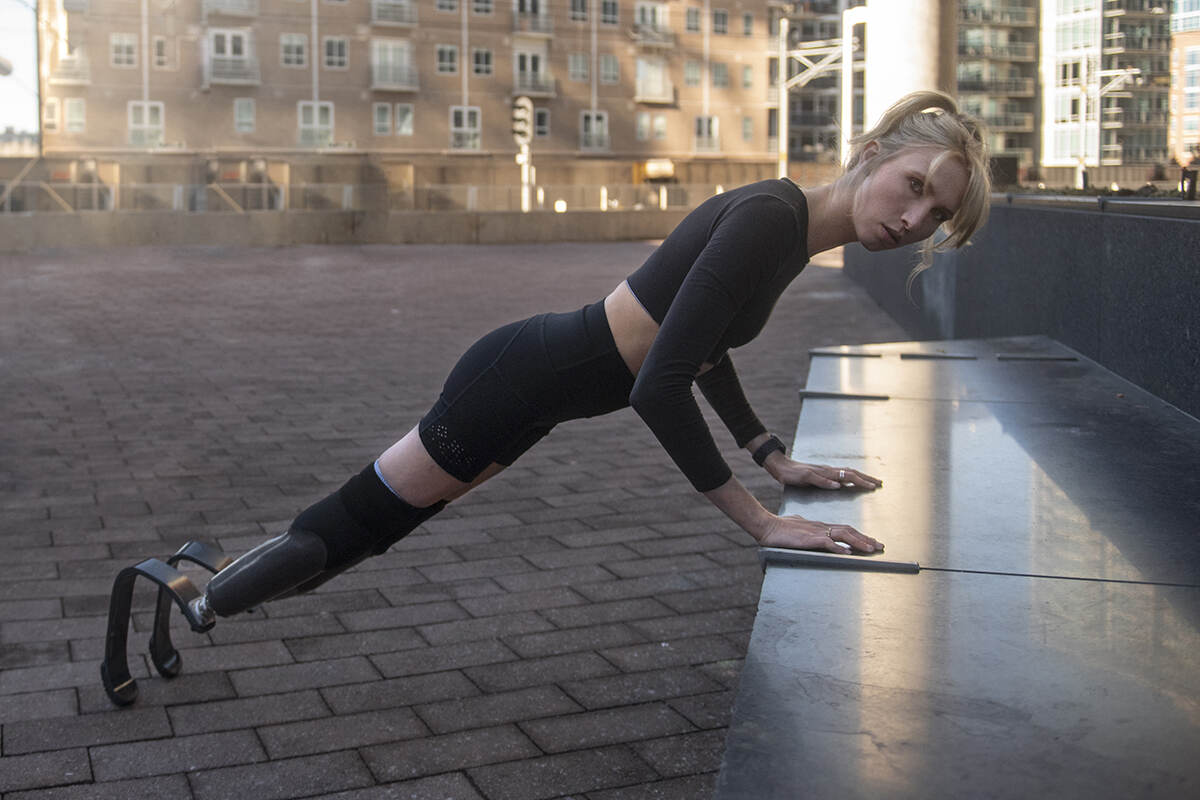

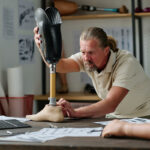
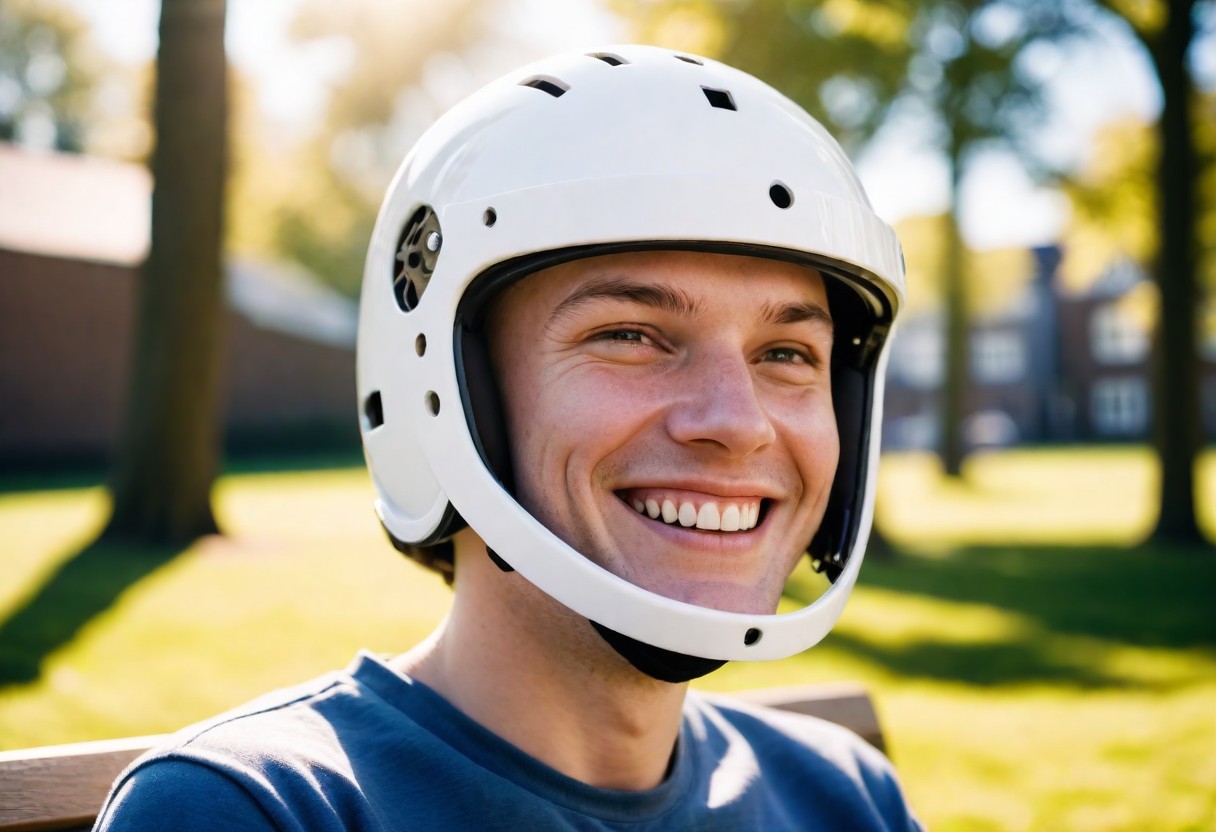
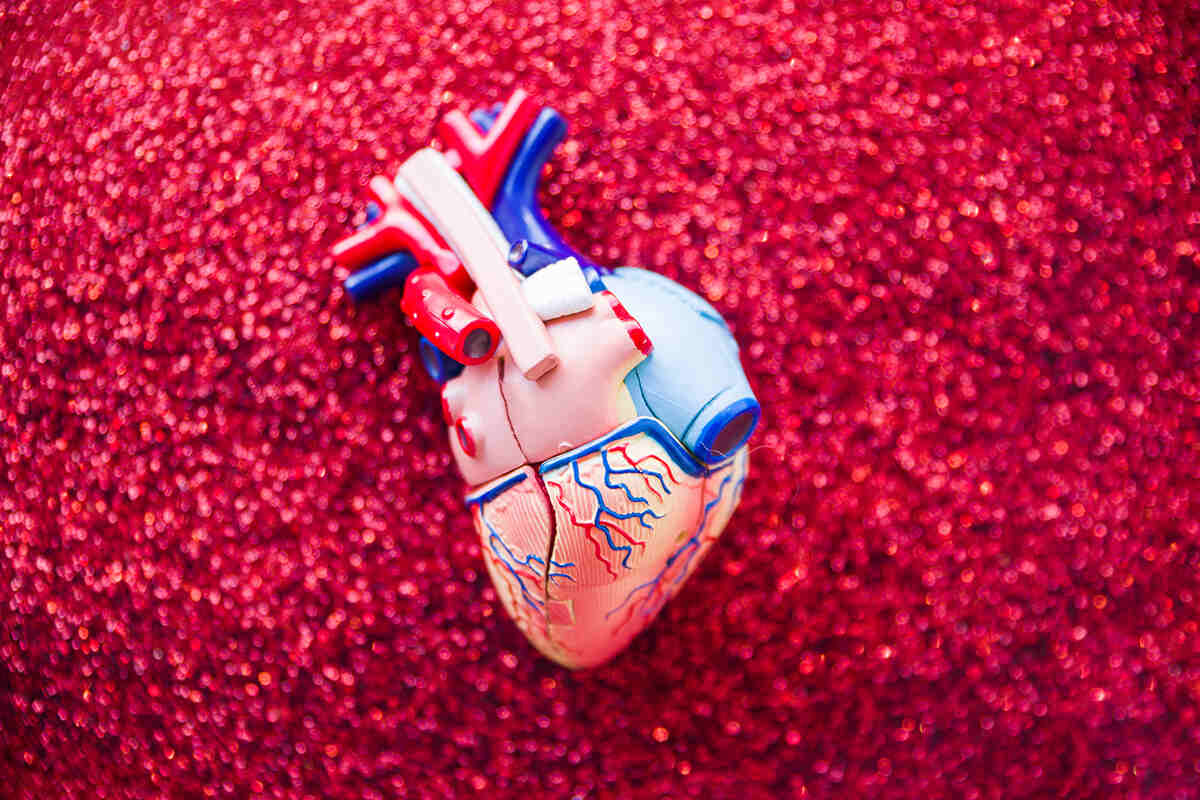
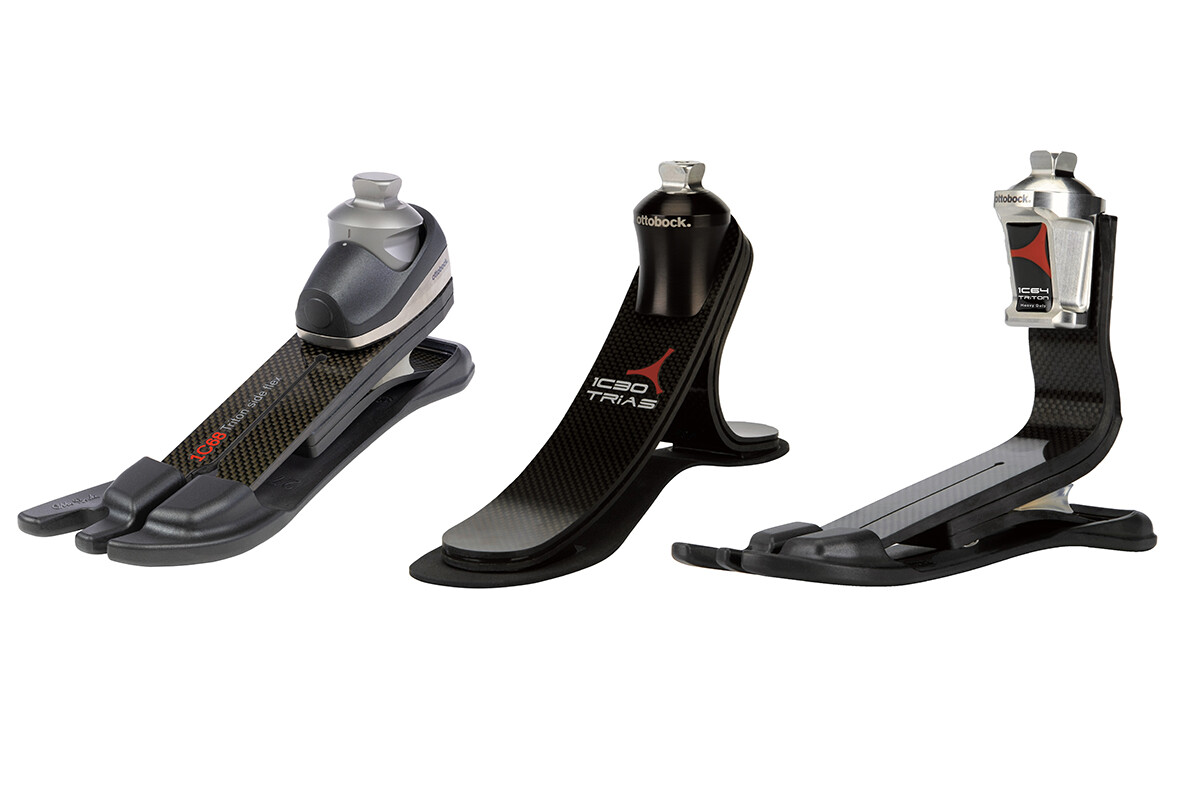
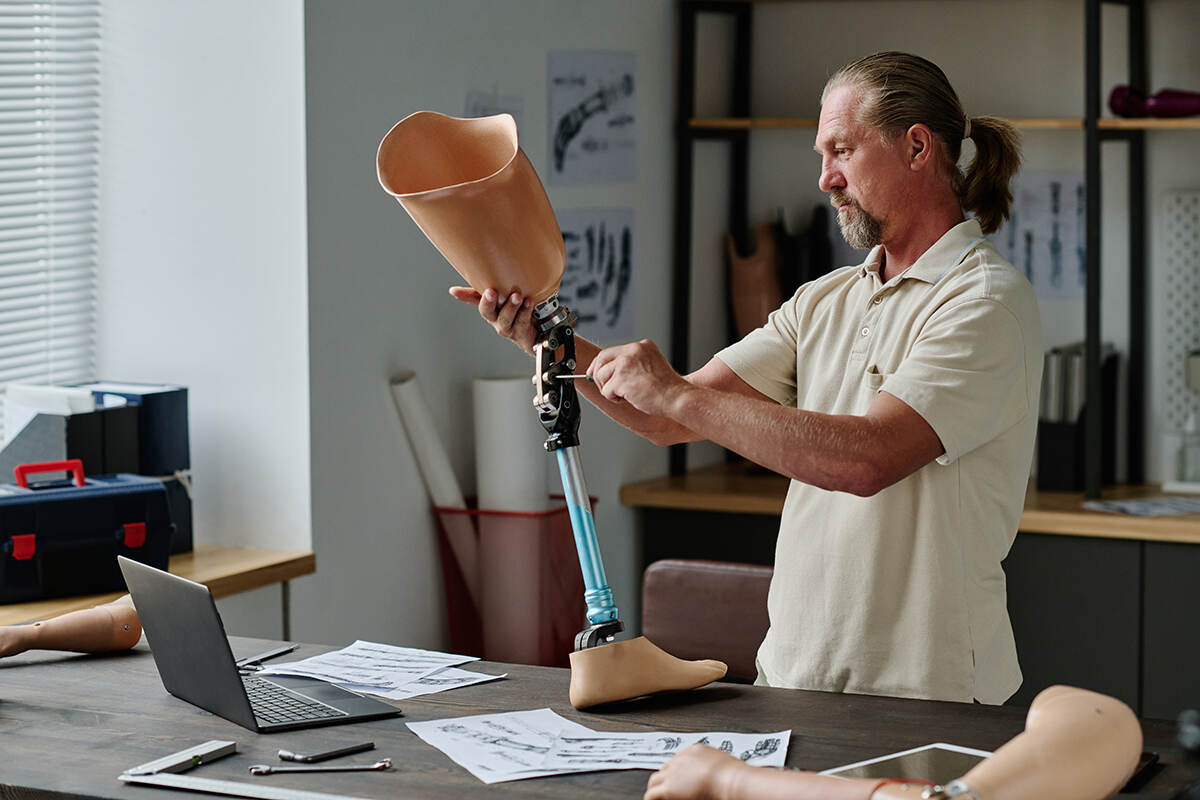
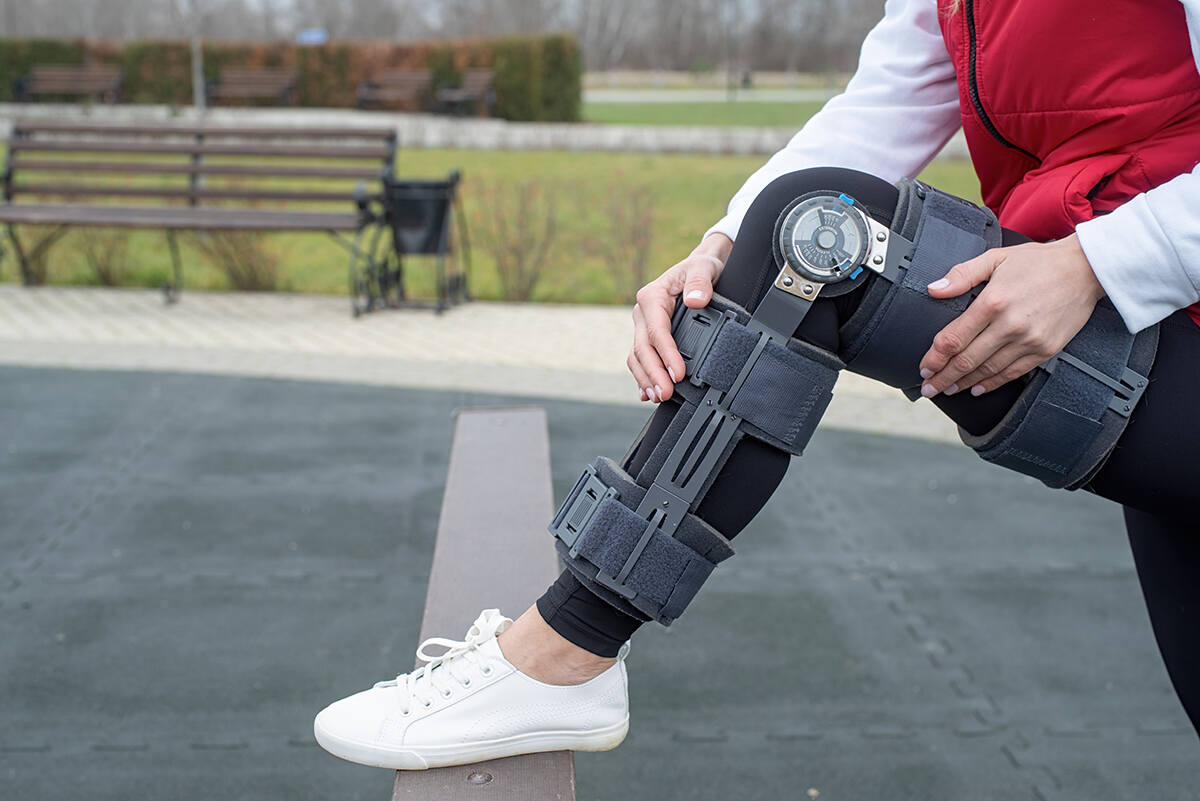
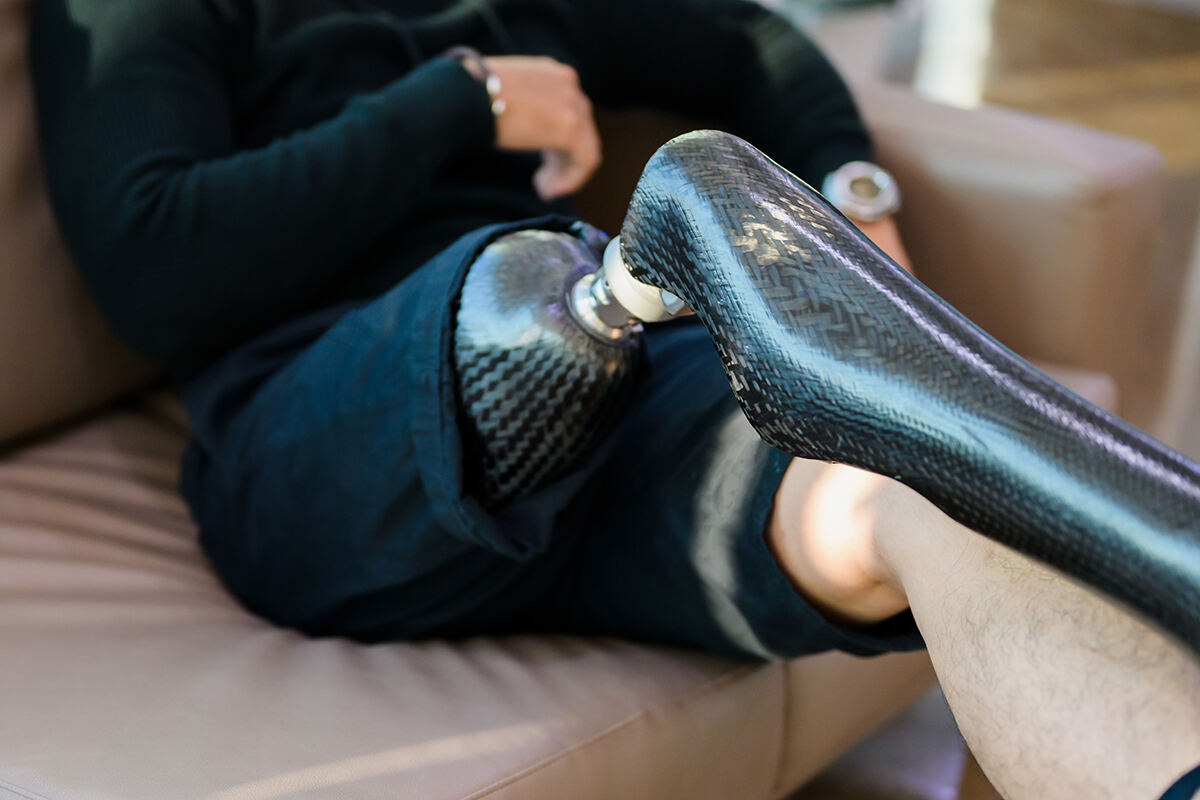
Leave a Reply
You must be logged in to post a comment.